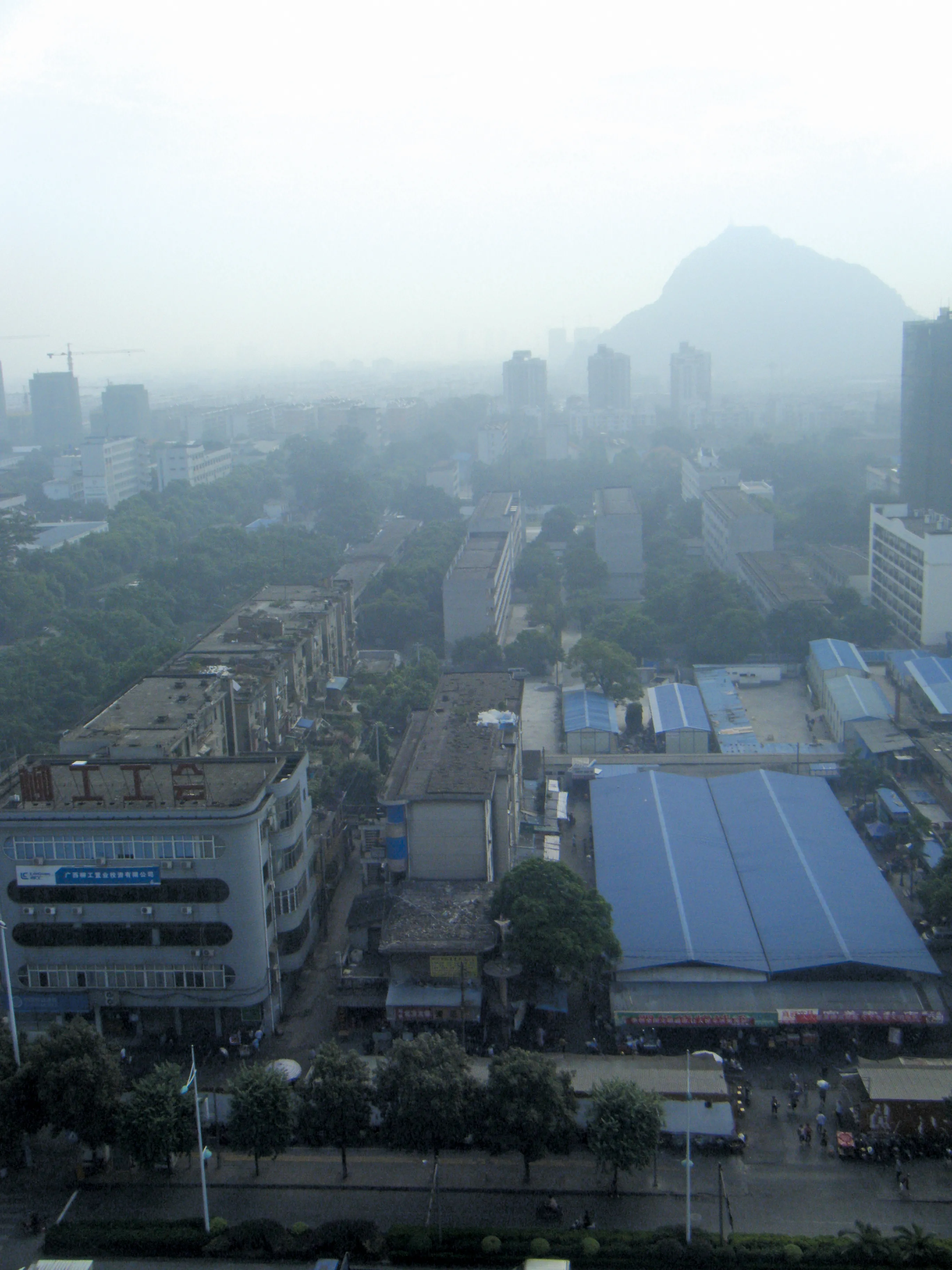
Central Asia has a need for improved transport infrastructure to help develop economies - Gordon Feller reports
Executives focused on the highway sector may not have heard about the Central Asia Regional Economic Cooperation Program (CAREC) yet. But it is vital to consider how important this is: CAREC has grown from six projects worth $247 million in 2001, to 185 projects worth more than $31.5 billion, as of December 2017.
CAREC is an unusual partnership of 11 countries; Afghanistan, Azerbaijan, People's Republic of China, Georgia, Kazakhstan, Kyrgyz Republic, Mongolia, Pakistan, Tajikistan, Turkmenistan, and Uzbekistan.
Central Asia is notorious for more than its complex history. It is a region plagued by some of the world’s worst road networks. Part of the dire roadways situation is due to geography: steep mountain passes, long deserted stretches of highway, and sweltering summers combined with icy winters – all making these road networks difficult to manage.
The result has been poor road conditions, high accident rates, excessive costs for road users and countless hours of lost productivity. CAREC is trying to help its member countries address these problems.
As part of the efforts to improve transport in the region, CAREC countries plan to build or repair 7,800km of roads by 2020. An integral part of this massive regional transport upgrading program is to keep the new and refurbished roads in good condition.
These 11 countries work together, as a consortium, with the financial support of six international institutions. These are; the Asian Development Bank (ADB), European Bank for Reconstruction and Development (EBRD), International Monetary Fund (IMF), Islamic Development Bank (IsDB), United Nations Development Programme (UNDP) and the World Bank. These giant funders are actively promoting CAREC, in part because they consider it to be a model for a kind of economic development focused on such types of regional cooperation. The 11 participating countries chose CAREC as their means of confronting and overcoming a common set of problems. Since CAREC’s establishment in 2001, the 10 have focused their joint efforts on four priority areas: energy, trade policy, transport, and trade facilitation.
Highways are a key component, and constitute one of CAREC’s largest financial commitments. CAREC’s transport corridors are now key conduits, and the financing is flowing because they improve connectivity and facilitate cross-border movement inside CAREC’s region.
Most of the countries are landlocked and they rely almost exclusively on overland transport for trade within the region and with markets just outside. Comprising an extensive but still underdeveloped network of roads and railways spanning the region, there are six CAREC corridors.
The central goal of hundreds of millions of dollars of spending is to expand trade and improve competitiveness, and in the process augment regional economic cooperation. The Asian Development Bank (ADB) is working with other development partners to improve physical connectivity within Central Asia by implementing agreements facilitating cross-border and transit trade, and thus expand the region’s economy. The “CAREC Transport and Trade Facilitation Strategy 2020” covers 2014– 2020. It’s a core guide for CAREC development.
CAREC is now 17 years in operation, with impressive achievements, particularly in highways and trade facilitation. From 2001 to the end September 2017, investments in member countries under CAREC have amounted to US$30.5 billion, covering more than 182 projects. “CAREC 2030” is the new guide for the Program. It builds on the foundation of progress made under CAREC 2020, and provides the new long-term strategic framework for CAREC, leading from 2020 to 2030.
CAREC’s six corridors link the region’s economic hubs to each other and connect the landlocked CAREC countries to other Eurasian and global markets. Consider the potential: Corridor 3 connects Russia to South Asia and the Middle East, running through 6 of the member countries.
To date, more than $24.4 billion has been invested into 124 projects along the 6 CAREC corridors. One example in March of this year, the ADB approved a $90 million grant as additional financing for the rehabilitation of a 40km section of the Dushanbe and Kurgonteppa road to improve connectivity and transport safety between two major cities and economic hubs in Tajikistan.
This is a follow up to the CAREC Corridors 2, 5, and 6 (Dushanbe-Kurgonteppa) Road Project approved in October 2016. “Road transport is central to Tajikistan’s economy and development, supporting investment, job creation, and poverty reduction in the country,” said Kamel Bouhmad, Transport Specialist at ADB’s Central and West Asia Department. “The additional financing will not only develop Tajikistan’s economic corridors through transport development, but also strengthen the government’s capacity to maintain these assets.”
The Dushanbe-Kurgonteppa road, which carries about 10,000 vehicles/day, is a strategic north-south link and one of the most heavily travelled roads in Tajikistan, as well as the confluence of CAREC corridors 2, 5, and 6.
Coming soon are CAREC’s list of projects which aim to overcome the numerous non-physical barriers to frictionless cross-border movement of goods, vehicles and people – a much harder nut to crack.






